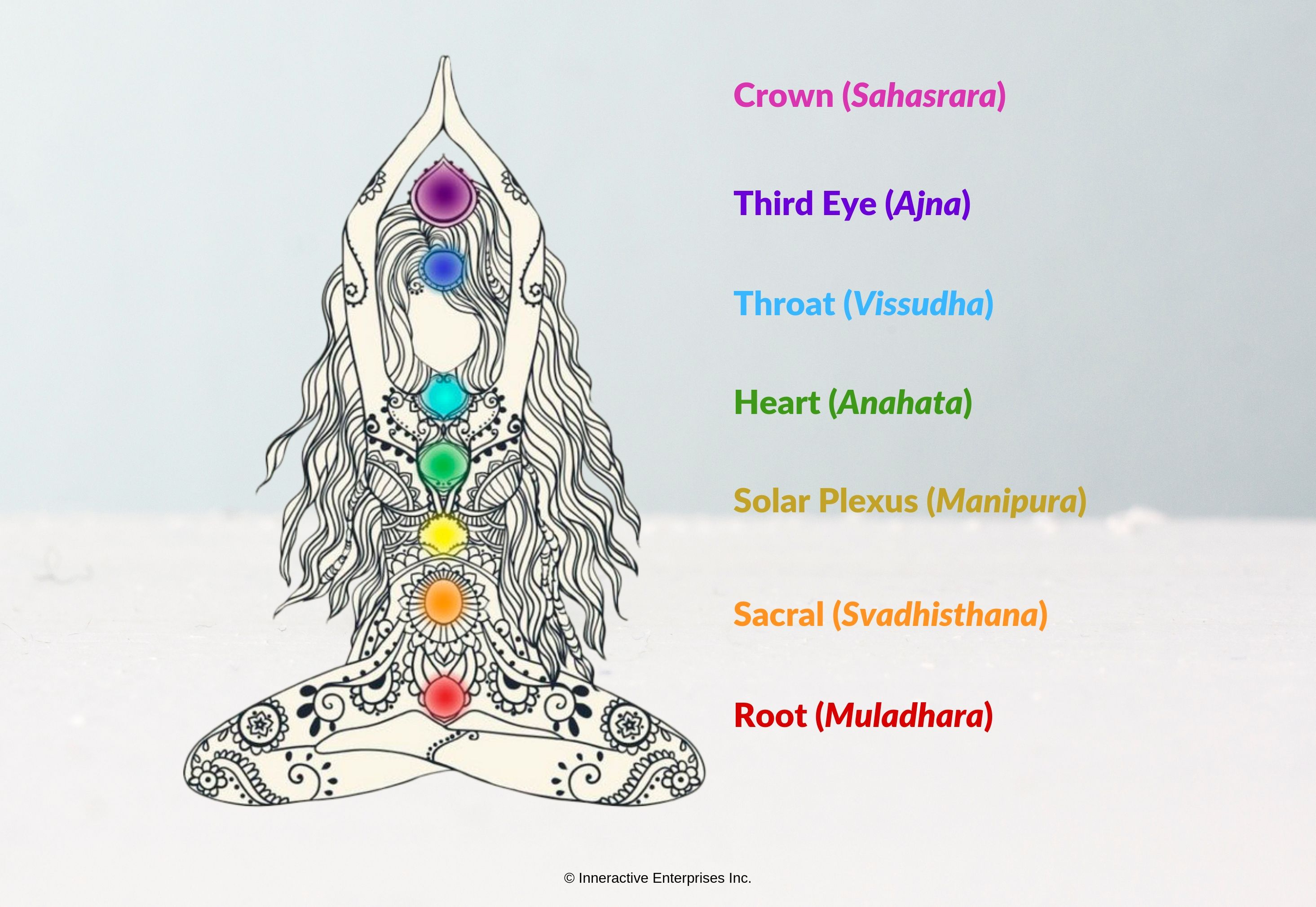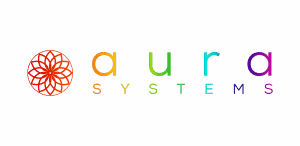
Have you ever met someone who has never even heard of a chakra? The answer is probably yes. You might not even have known it. Some people are too shy to ask any questions. But sometimes, you happen to be someone’s first introduction to the idea, and you’re quietly wondering how to explain chakras to a beginner.
Before you can talk about healing, opening, and balancing them, you need to explain chakras as a whole system. Here’s one approach that we’ve found useful.
Note: This article is written according to metaphysical thought.
Start with the big picture
In Sanskrit, the word chakra means “wheel.” So, many people visualize chakras as circles and describe them as vibrating or spinning energy centers.
Several different Eastern traditions place chakras at the junctions where the physical and the spiritual bodies connect. There are seven of these energetic focal points. They run up from the base of the spine to the crown of the head.
As Dr. Anodea Judith puts it in Wheels of Life: A User’s Guide to the Chakra System, “Chakras are centers of activity for the reception, assimilation and transmission of life energies. They form the connecting channel between mind and body, spirit and matter, past and future, Heaven and Earth. As we spin through the tumultuous times ofour present era, the chakras are the gears that turn the spiral of evolution, drawing our attention toward the still untapped frontiers of consciousness and its infinite potential.”
Another useful explanation comes from Deepak Chopra’s Chopra Center: “To visualize a chakra in the body, imagine a swirling wheel of energy where matter and consciousness meet. This invisible energy, called Prana, is vital life force, which keeps us vibrant, healthy, and alive.”
How to explain chakras’ colors
Each chakra is thought to radiate energy vibrations which correspond to color wavelengths. For example, red, which is the color of the root chakra, has a long wavelength. Its vibrational frequency is the slowest and most foundational of the seven chakras. Violet, on the other hand, is the color of the seventh (crown) chakra. Violet has a short wavelength and fast frequency.
These colors aren’t just decorative. The vibrations and colors are also associated with different aspects of being, health and wellness. Briefly, here’s an outline of each chakra’s domain:
- The Root Chakra, or red chakra, is connected to our sense of stability and security.
- The Sacral Chakra, or orange chakra, is connected to self-confidence, intimacy and sexual expression.
- The Solar Plexus Chakra, or yellow chakra, is connected to willpower, responsibility and identity.
- The Heart Chakra, or green chakra, is tied to all aspectes of love (romantic love, familial love, friendly love and self-love).
- The Throat Chakra, or blue chakra, is tied to communication.
- The Third Eye Chakra, or indigo chakra, is connected to intuition and understanding.
- The Crown Chakra, or violet chakra, is connected to deep spiritual realization and enlightenment.
In addition to radiating energy, our chakras also take energy in from the environment around us. This may even include the people in our surroundings.
If you’re wondering how to explain chakras’ intake functionality, you can ask people, “Have you ever noticed how someone else’s mood or emotional state can affect your own?”
Most people will answer in the affirmative. You can then explain that this may be related to the chakra vibrations you are receiving from that person.
How to explain chakras being blocked or opening:
Our physical and spiritual bodies are constantly in motion. Because of that constant flux, blockages can occur. Individual chakras can be overloaded when you are processing conflict, change, anxiety, grief, or uncertainty.
Think of your bathtub drain. If too much hair flows into the drain, the drain will get blocked. It’s not too different with our chakras.
Since mind, body, soul, and spirit are connected, being aware of a blockage in one chakra will help bring everything else into balance.







